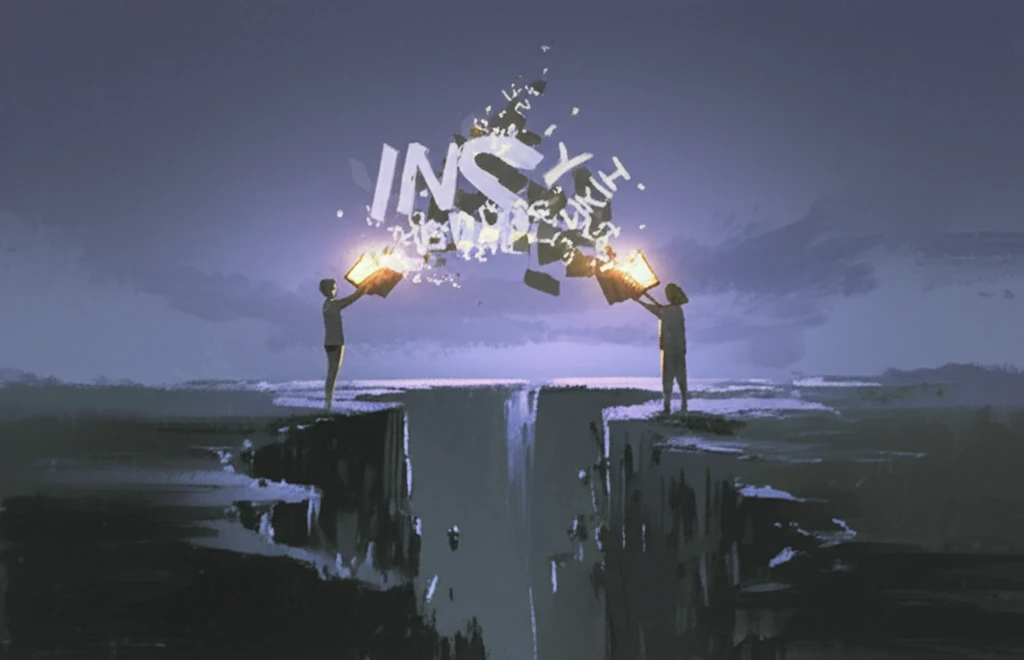
Lost in Translation? Unraveling the Mysteries of Verbal Disagreements
"Why what seems like a deep disagreement might just be a mix-up in meanings – and what to do about it."
Have you ever found yourself in a heated argument, only to realize later that you and the other person were essentially saying the same thing, just using different words? This is more common than you might think, especially in complex discussions like philosophy, politics, or even everyday life. These kinds of misunderstandings are often labeled as 'merely verbal disputes,' and they can be incredibly frustrating.
At its core, a merely verbal dispute occurs when two or more people appear to disagree on a topic, but their disagreement stems from using the same words to mean different things. It's like speaking different dialects of the same language – you might think you understand each other, but subtle differences in vocabulary and usage can lead to significant confusion.
But are these disputes always a bad thing? And how can we identify and resolve them effectively? Let's dive into the fascinating world of verbal disagreements, exploring their nuances, potential pitfalls, and some surprising ways they can actually be productive.
The Anatomy of a Verbal Dispute

To truly understand merely verbal disputes, it's important to go beyond the surface level of language. We need a framework for identifying when a disagreement is rooted in semantics rather than genuine differences in belief or opinion. Philosopher Carrie Jenkins offers a useful starting point, suggesting that a dispute is merely verbal if:
- The parties involved seem to be disagreeing about a specific topic.
- However, they don't actually disagree on the core issue.
- The appearance of disagreement arises from the fact that they are each using words or terms differently.
Finding Common Ground in a Sea of Words
Ultimately, navigating the complex landscape of verbal disputes requires a combination of careful listening, intellectual humility, and a willingness to explore different perspectives. By recognizing the potential for misunderstanding and actively seeking clarification, we can transform seemingly intractable disagreements into opportunities for deeper understanding and meaningful connection.
